Long Life Noodles {Yi Mein}
This dish is all sorts of noodle-pulling goodness.
Long Life Noodles, or Longevity Noodles, represent a long unbroken life. They’re a must-have at joyous events in Chinese culture, like the Chinese New Year and, more importantly, at birthday celebrations. Some noodle variations are actually meant specifically for birthdays — Longevity Noodles being one of them. (Fun fact: On the bottom of the box of Longevity Noodles I purchased, it actually reads “Longevity noodles are an appropriate birthday gift”. My birthday is December 2nd, FYI.) Serving these noodles to someone bids them a long life with prosperity and good luck. But because the long noodles represent a long life, cutting the noodles symbolically shortens your life.
So maybe don’t do that. Just keep slurpin’.
Yi Mein
Longevity noodles are a type of Yi Mein, which is a Cantonese egg noodle made up of wheat flour. When making the dough, soda water is used instead of plain ol’ water so the noodle texture is a little chewy, somewhat spongy, and totally freakin’ awesome. They’re a porous noodle, so they absorb some of the sauce you use to make things that much more magical. Make sure to get good quality noodles; it makes *all* the difference. They’ll maintain their elasticity after being boiled and stir-fried, and that allows them to stretch and remain scrum-diddly-umptious! (And turn you into Ned Flanders, apparently.)
This is the brand I purchased.
Look at this heap of beauty.
This recipe calls for minimal ingredients, little time, and it’s better than takeout. I mean sure, sometimes Chinese takeout is *just* what you need after an exhausting road trip or an exasperating day at work, but if you have it in you to spend a measly 20-30 minutes cooking, make this instead; you’ll find extra joy and satisfaction in the fact that you made it yourself. *Pats self on back*
The grocery list
Before you head over to your local Asian market, make a grocery list:
- One package of Yi Mein (Longevity) noodles (12 oz dry)
- Regular soy sauce
- Dark soy sauce — to read up on the difference between light, regular, and dark soy sauce, check out The Woks of Life explanation on this page. They run such an information blog, and I won’t be able to tout their horn enough throughout my China segment, believe me.
- Oyster sauce (or vegetarian oyster sauce)
- Sesame oil
- White pepper — can substitute black pepper
- Shiitake mushrooms — can substitute cremini or baby bella mushrooms
- Chinese chives, sometimes called garlic chives — if you have a hard time finding these, you can substitute them with regular chives or scallions. If you’re in the Raleigh, NC area, I was able to find Chinese chives at Today Asia Market in Cary.
Now that you’ve got your list, hit those aisles; bask in the lovely sense of overwhelm you’ll feel while perusing a world of new ingredients, get cookin’, and have your mind blown by a heaping plate of this good stuff:
Did you make this recipe? Snap a pic and tag me on Instagram: @Killing__Thyme /#killingthyme. For more delish eats, follow me on INSTAGRAM + PINTEREST.
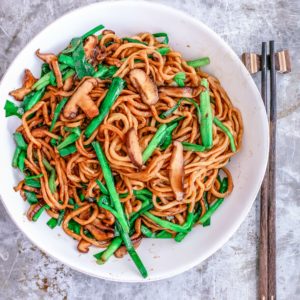
Long Life Noodles {Yi Mein}
Ingredients
- 3 quarts water
- 12 oz dry Yi Mein (Longevity) noodles
For the sauce
- 1/8 tsp sugar
- 1/4 tsp kosher salt
- 1 TBSP hot water
- 2 tsp regular soy sauce
- 2 tsp dark soy sauce
- 2 TBSP oyster sauce or vegetarian oyster sauce
- 1/2 tsp sesame oil
- A pinch ground white pepper
For the vegetables
- 3-4 TBSP vegetable or canola oil divided
- 5 shiitake mushrooms thinly sliced
- 8 oz Chinese chives cut into 2-inch long pieces and separate the light end pieces from the dark green pieces; you'll use them at different times.
Instructions
Making the sauce
- In a small bowl or cup, dissolve the sugar and salt in 1 tablespoon of hot water. Once dissolved, and add the regular soy sauce, dark soy sauce, oyster sauce, sesame oil, and white pepper. Stir until thoroughly mixed.
Cooking the noodles
- In a large wok or pot, bring 3 quarts of water to a boil. Place the noodles into the boiling water and boil them for 3-4 minutes. (The directions on the box may say to boil the noodles for longer, but since you're going to continue cooking them in the wok later, take them out once they're al dente, which should only take 3-4 minutes. This is to avoid mushy noodles.)
- When the noodles are done, drain them thoroughly so no water is left dripping, and set them aside.
- Heat the wok until it just starts to emit smoke, and drizzle 2 tablespoons of cooking oil around the perimeter of the wok.
- Add the mushrooms and the *light green* parts of the chives. Stir-fry for approx. 30 seconds. Because the mushrooms act like sponges, they will soak up the oil, so add another tablespoon of oil if the pan has dried up and the mushrooms look to be on the dry side.
- Finally, add the noodles and stir-fry everything for another 20ish seconds. If the noodles are on the cooler side, cook them a bit longer until they've warmed up; warming the noodles before adding the sauce is imperative.
- Drizzle the prepared sauce evenly over the noodles, and stir-fry everything together for about 1 minute, or until the sauce mixture has been evenly distributed. If there are any signs of sticking, add another tablespoon of oil around the perimeter of the wok and/or, if the noodles stick together, drizzle a bit of oil directly over the noodles. Use your best judgement. You can also add a splash of hot water to the noodles if they seem dry, even if you've already added the sauce.
- Stir gently and carefully so you don’t break up the noodles. (Remember, long noodles = long life!)
- At last, add the dark green parts of the chives and stir until they turn bright green and the noodles are heated through. This could take 1-3 minutes, depending on the temperature of your noodles when you started stir-frying, how hot your stove and wok are, etc.
- Finally, plate the noodles and enjoy that noodle-pulling goodness!
Notes
Resources:
- The Woks of Life — Seriously, check out this blog. It’s the holy grail of Chinese cuisine and not only is it full of info, but it’s full of personality, too. Bill, Judy, Sarah, and Kaitlin are amazing <3
- Wikipedia

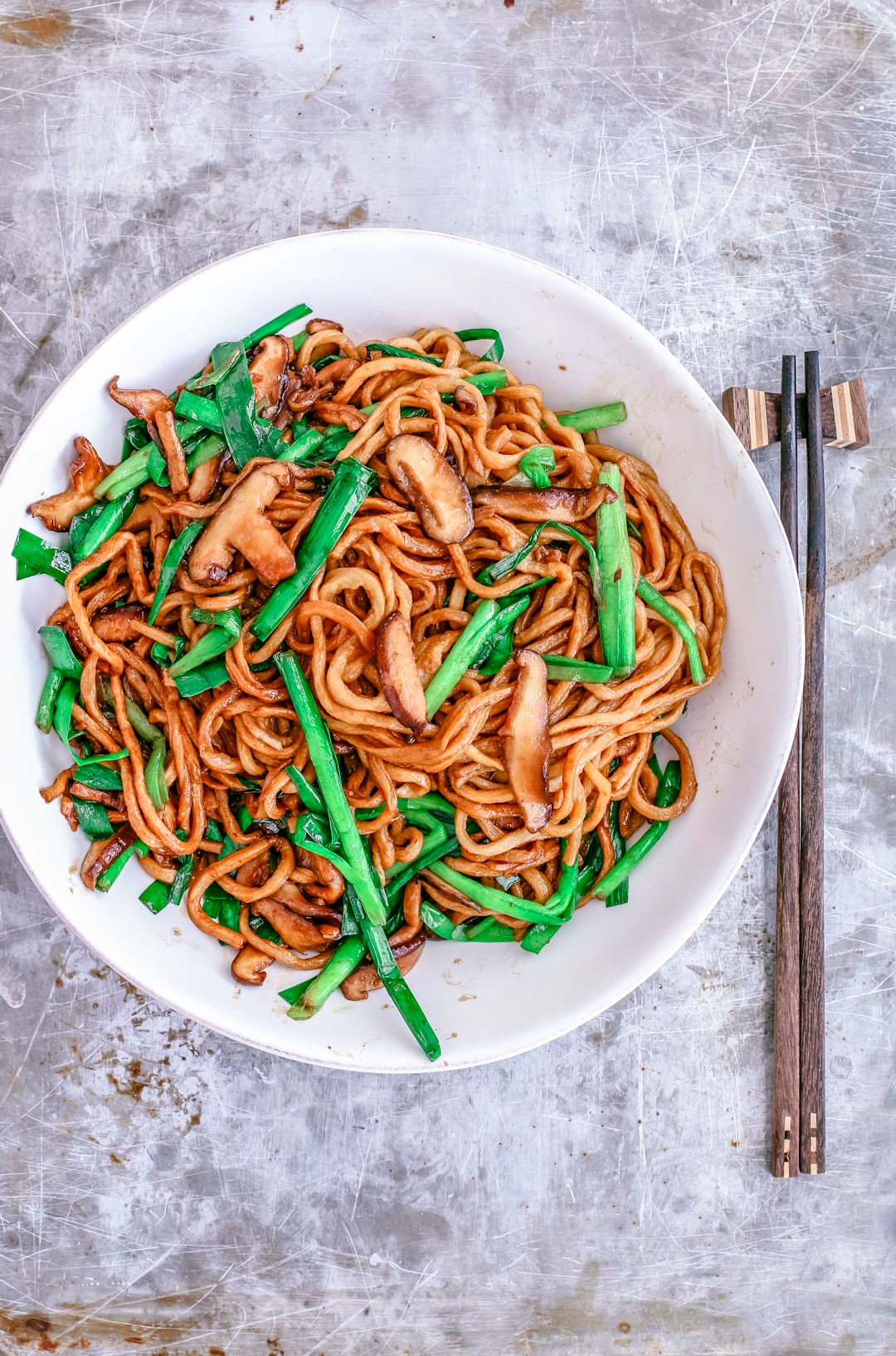
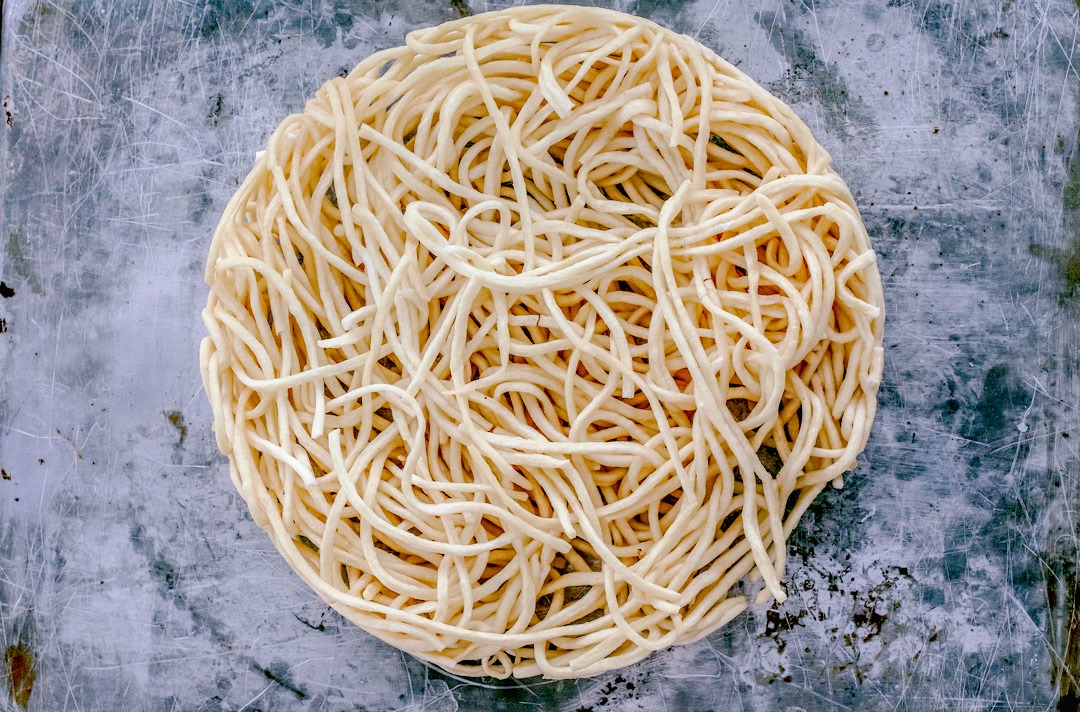
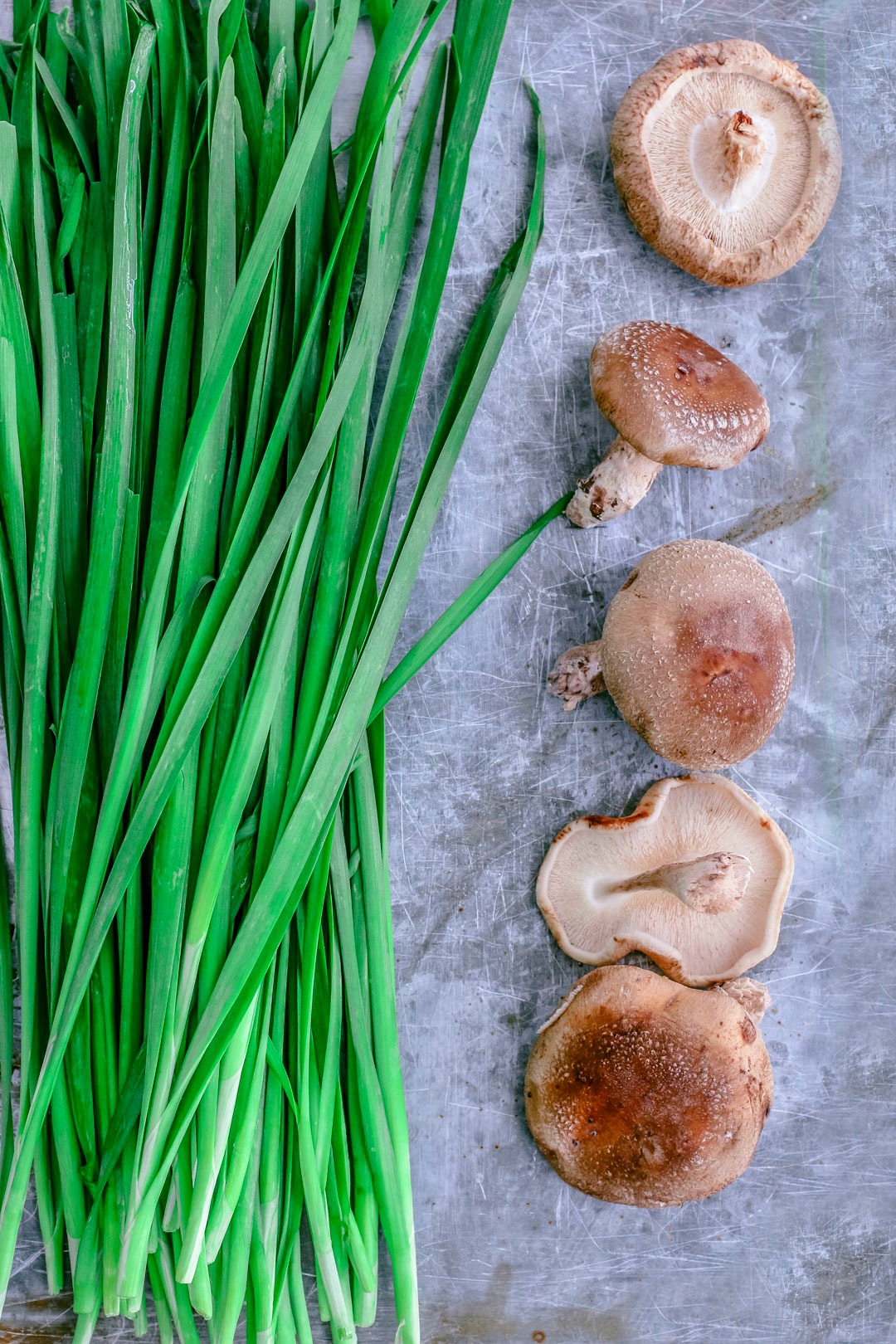
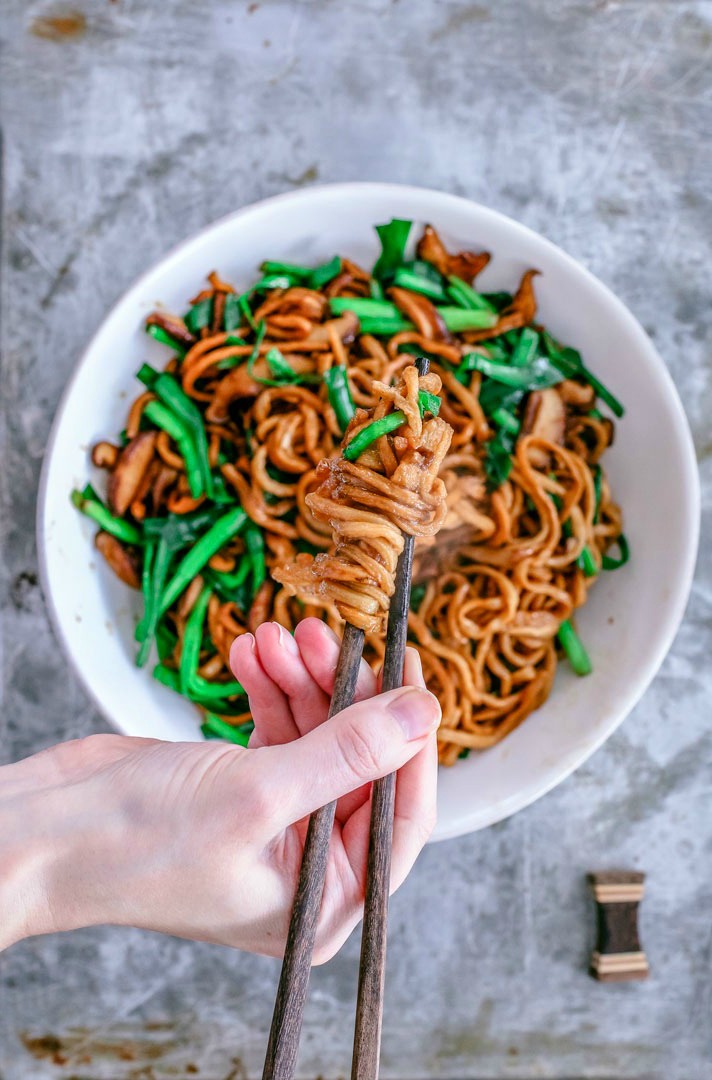
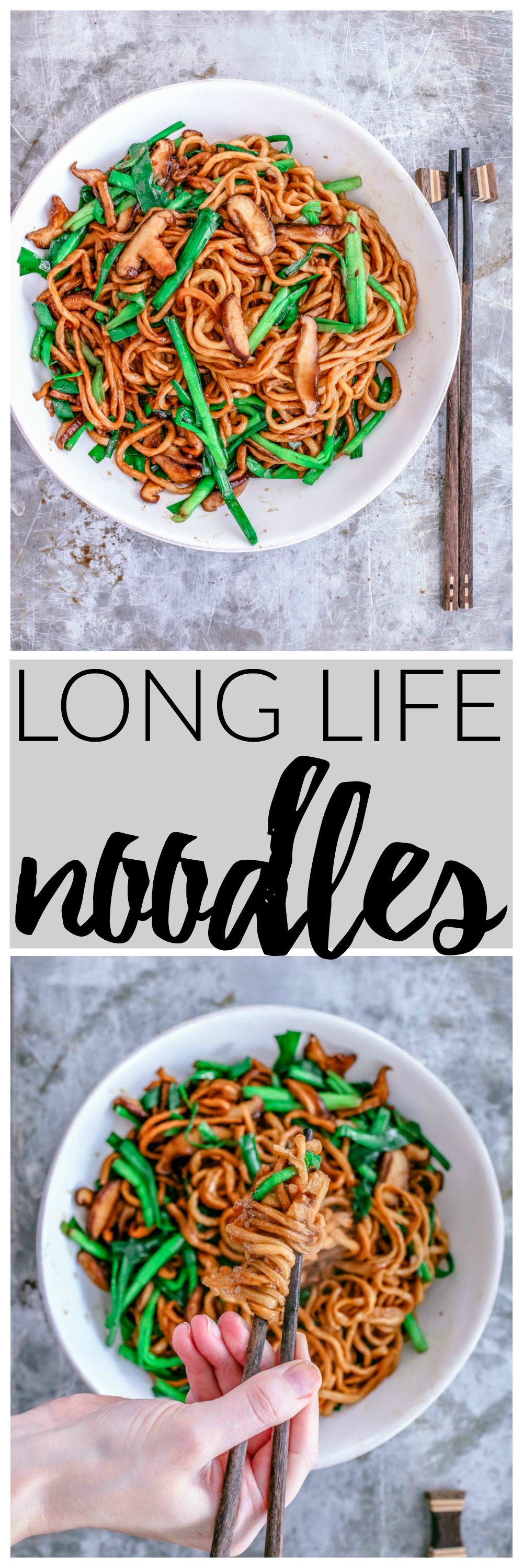

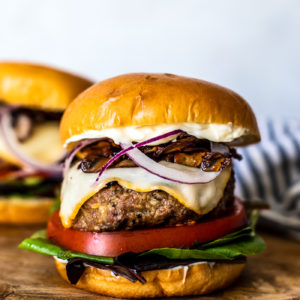
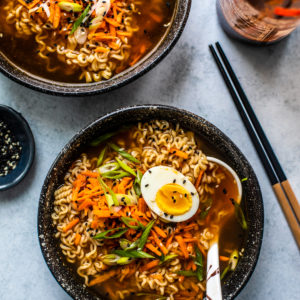
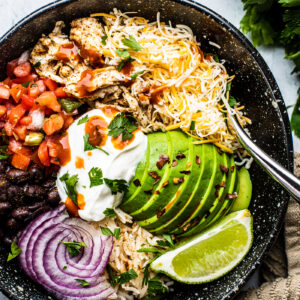
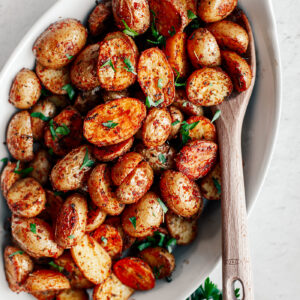




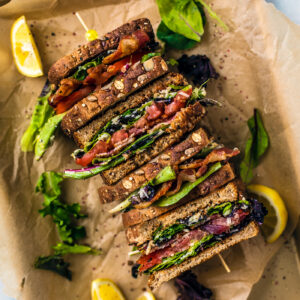
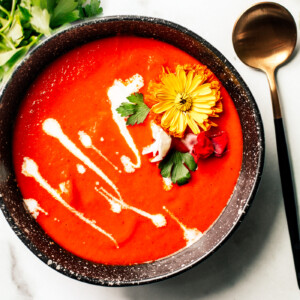
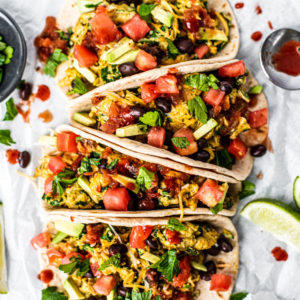

7 Comments on “Long Life Noodles {Yi Mein}”
Oh YUM! experiment often with different types of gluten free noodles, so although I couldn’t have this specific kind, I love the flavours and the simplicity. I also loved reading about the history behind this dish. Great post, girl!
Love reading the stories behind dishes and yes, I learned something here too re: the symbolism of not cutting the (longevity) noodles! Gorgeous dish!
My sister in law is Cantonese and everything is calculated in their food… hot and cold meaning this and that, etc. It’s a full on university class to learn about Cantonese rules about food. Really interesting those noodles! I didn’t know about them, and clearly I want to live long… so I’ll go get some right away! Plus Shiitakes always is a nice umami touch! Yum!
That’s definitely made this series exciting — it seems like a lot of East and Southeast Asian dishes have a story behind them. Let me know if you give this dish a try!
Interesting read! I’ll remember to not cut my noodles ;) This dish looks fabulous and so comforting! I’m sure I could eat all of this myself and then some – noodles (well, all carby goodness) are definitely my jam :)
Thanks, Dawn! I totally wanted to devour this on my own but, I was nice, and shared with my husband ;P
I’m obsessed with carbs too, and noodles in any shape or form are the best. Well, and fresh bread.